Arduino Short Reads (8 book series)
UPDATED in 2023 for Arduino IDE 2.0 and the latest boards.
This is the first book in a series looking at many aspects of the low-cost and powerful Arduino microcontroller. The Arduino platform is the ideal way for anybody to get started with coding and electronics with minimal outlay but with a platform that will allow you to build the most simple and sophisticated projects alike.
This book is ideal for the absolute beginner, and no prerequisite knowledge is needed. The book explains the essential functions of the platform in clear, easy-to-follow language, and there are twelve simple and engaging experiments to start you on your journey. Control LEDs, build a dimmable night light, measure temperature, and much more.
All experiments are low-cost and use easy-to-obtain components. The book promotes a deeper understanding of the subject by taking an engineering approach and provides insight into electronic and software engineering techniques. This is the ideal starting point for the novice engineer or those simply looking to have fun.
You can build on the basic knowledge acquired in this book by looking out for others in the series that provide ever more challenging and engaging projects in key focus areas. Book 6 of the series (Arduino Special Functions) looks at the more advanced functionality of the Arduino Uno, such as interrupts, I2C, the SPI bus, and more, and is an excellent companion text for this book.
UPDATED in 2023 for Arduino IDE 2.0, and coverage of OLED display added.
This is the second book of the Arduino Short Reads series. Book 1 covers everything you need to get started with this popular, low-cost, and versatile microcontroller ecosystem. This book takes a comprehensive look at the most popular displays used as part of Arduino-based projects. The book takes you through the basics of each display type and then takes a deeper dive to give a comprehensive understanding of its operation and its pros and cons when applied to Arduino environments.
There are now 14 experiments in this second edition to help reinforce your understanding, and these are designed to be easy to carry out with low cost and readily available components. You will look at the basic operation of LEDs, shift registers, 7-segment LED types, the TM1637 controller, the MAX7219 controller, the ever-popular LCD1602, and now the 0.96-inch OLED display.
This series of books is written with the novice engineer in mind, for students or those simply looking to have fun. Whatever your goals are, it is hoped that you find this book useful and engaging and that you have fun.
Figure 4-7 has been corrected in this edition.
UPDATED in 2023 for Arduino IDE 2.0.
This is the third book of the Arduino Short Reads series. Book 1 covers everything you need to get started with this popular, low-cost, and versatile microcontroller ecosystem. This book takes a comprehensive look at how to control the many types of motors used in Arduino-based projects. This book looks at the theory and operation of DC motors, servos, and stepper motors. You will gain a solid understanding of how to safely interface these motors to your Arduino board without damaging it using transistors, H-bridges, and dedicated controllers such as the ULN2003 and L298N.
There are 9 experiments to help reinforce your understanding, and these are designed to be easy to execute with low cost and readily available components such as the NEMA-17 stepper motor. You will also apply your knowledge to build a basic remote-controlled vehicle and a servo-controlled thermometer.
This series of books is written with the novice engineer in mind, for students or those simply looking to have fun. Whatever your goals are, it is hoped that you find this book useful and engaging and that you have fun.
UPDATED in 2023 for Arduino IDE 2.0.
This is the fourth book of the Arduino Short Reads series. Book 1 covers everything you need to get started with this popular, low-cost, and versatile microcontroller ecosystem. This book looks at how to detect objects using a multitude of infrared and ultrasonic sensors. You then put that knowledge to work with 8 experiments that look at security applications, timing applications, object counting applications, and distance measuring applications. You also get to build a simple object-avoiding robot and a robot that follows an object. The book finishes by taking an introductory look at LiDAR, 360-degree, and robot vision systems.
This series of books is written with the novice engineer in mind, for students or those simply looking to have fun. Whatever your goals are, it is hoped that you find this book useful and engaging and that you have fun.
UPDATED in 2023 for Arduino IDE 2.0.
This, the fifth book in the Arduino Short Reads Series, takes a different tack from the others as it is much more project-focused. This book takes the reader through every detail in the construction of an Arduino-based autonomous vehicle. It provides a structured approach and goes into detail for every step, from sourcing a chassis, understanding the drive system, programming the vehicle to follow lines, avoiding objects, and being controlled via Bluetooth. The end product performs favorably with commercial offerings, and you have the benefit of the deep learning that this book will instill.
This book shows you how to use the freely available Processing IDE to develop an app to control the rover via Bluetooth. All use low-cost and readily available components. There is a lot of compelling and informative content for novice engineer or the hobbyist looking to have fun in STEM education, microelectronics, and coding.
UPDATED in 2023 for Arduino IDE 2.0.
In this, the sixth book in the Arduino Short Reads Series, we take an in-depth look at the special functions associated with the Arduino Uno and other Arduino boards. This is a great companion text to Book 1 of this series (First Steps with Arduino) that looks at the commonly used basic functionality. In this book, we dig deep into serial communications, hardware-based and timed interrupts, the I2C bus, the SPI bus, and the AREF pin. This book is pitched at hobbyists, students, and novice engineers that have some basic knowledge of Arduino and electronics. There are eight fully tested, low-cost, and engaging experiments to help reinforce the important concepts covered.
UPDATED in 2023 for Arduino IDE 2.0 and the Arduino Nano 33 IoT.
In this, seventh book in the Arduino Short Reads Series, we take an in-depth look at wireless communications with Arduino. This is an especially important area, as communications with smart devices are a key aspect of the Internet of Things. We will take you from the first principles of radio communications and look at Bluetooth, Wi-Fi, and the Internet. Furthermore, we augment your native Arduino knowledge by introducing you to the extremely capable and Arduino IDE-compatible ESP32 microcontroller. A further chapter has been added to this edition to cover the new range of Arduino Nano boards, and we see how Wi-Fi and Bluetooth connectivity work on the Arduino Nano 33 IoT.
There are now 10 experiments to help reinforce your new knowledge. Learn how to use smartphone sensors to control the LEDs, build a web server on the ESP32, and access data from the Internet to enhance your projects.
UPDATED in 2023 for Arduino IDE 2.0.
In this, the eighth and final part of the Arduino Short Reads series, you will explore the special characteristics of the Arduino Leonardo. The Arduino Leonardo’s strength is its unique capability to emulate peripheral devices used in PC environments. You will learn how to make the Arduino Leonardo emulate a computer keyboard, a computer mouse, and various game controllers. There are seven compelling and engaging experiments to help reinforce the knowledge presented in this book.
This book assumes you have the knowledge set out in Book 1 of this series, ‘First Steps with Arduino and Electronics,’ where you learn about the programming environment, basic coding, and fundamental electronics.
There are over 680 pages of material in the overall series of books and 76 experiments! The series really is a comprehensive and definitive guide to the Arduino ecosystem, foundational electronics, and coding.

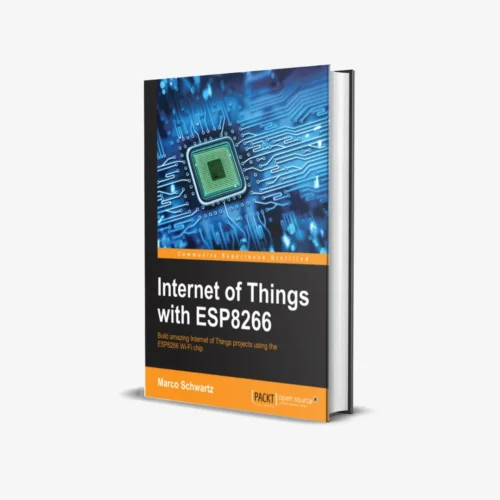
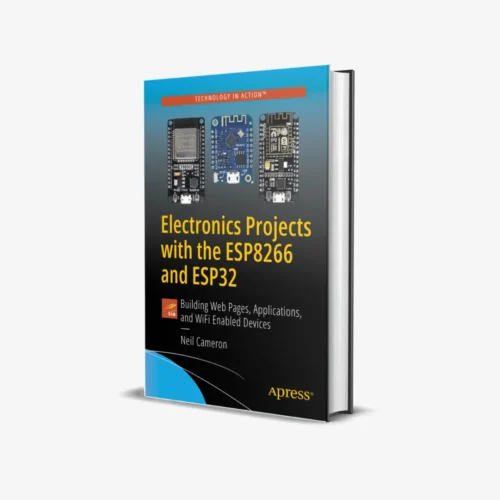
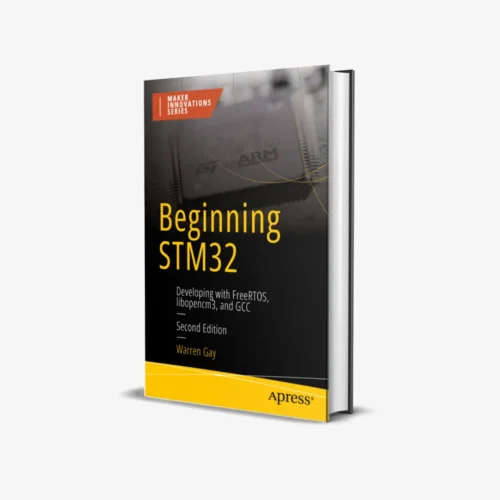
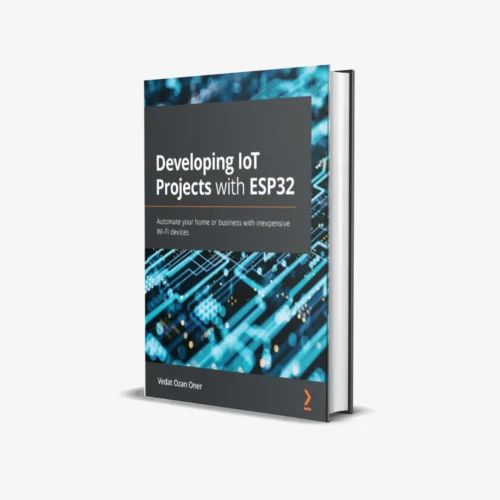
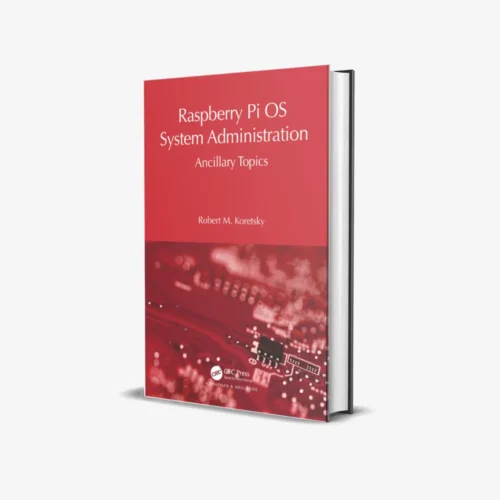
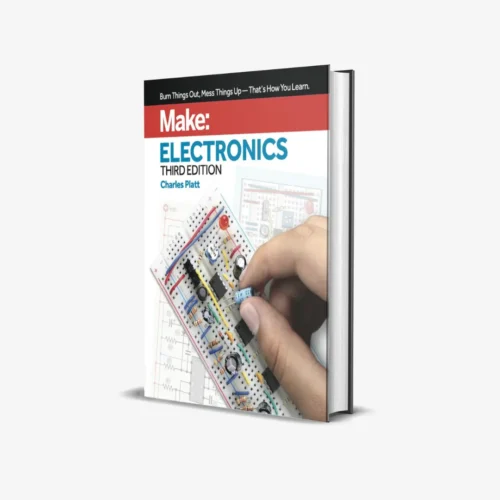

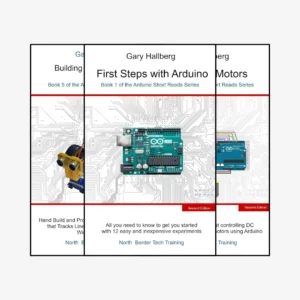
Reviews
There are no reviews yet.